The startup landscape is rapidly changing. A few years ago, having a good idea was more than sufficient to launch a startup. At a later stage, a proof of concept or a minimum viable product (MVP) was necessary to attract interest. But today’s expectation is to have enough traction. This means startups have to look beyond MVP and focus on gaining traction and product-market fit faster and cheaper. Below are a few things to consider:
- How to create a product that people want
- How to gain tractions faster
- How to keep the startup cost low and sustain longer
- How to reduce risk of failure
The good news is more startups are bootstrapping and sustaining for longer time. Below are a few tips in creating a MVP that is aligned for better traction.
Find what customers want
When it comes to products, there are two approaches:
- Build a product and find suitable customers (product-market)
- Find customers and built suitable product (market-product)
Many successful products are built using these two distinct approaches. For example, Apple created many products including the iPod/iPhone in secrecy and released it to the market. Customers quickly adopted it. In this case Apple, first create a product and found a market (product-market). Unfortunately, the kind of market adoption doesn’t happen easily without brand recognition. There are many successful products have failed to grab proper recognization and lost traction.
To avoid the pitfalls, a new alternative approach emerged, requiring to find what customers (market) want and build products that closely resonates with them. This means finding the customer first and building the products for them (market-product) fit. Companies such as DropBox have effectively utilized the concept and gained quick traction.
The best way to find customers is to talk to them directly. If you do not have direct access, online options such as surveys, email or information gathering webinars will help. Some of the information you can collect are:
- The prospective customer’s paint points that you intend to solve
- How are the customers solving the problem now?
- What do they think of an alternative solution(s) that you offer?
- Will they use it?
- Will they pay for it? If so, how much?
Narrow down the customer segment
Traction involves marketing, and marketing means knowing your customer segment/persona. To keep the focus on the problem and solution offered, narrow down the customer segment as small as possible. For example, if you are marketing to startups, the startup as a customer segment is very broad – from early stage to enterprise companies such as Airbnb, Uber, etc. Each type of startups, wants and expectation varies. With limited resources, it is impossible to satisfy everyone. So, keeping the narrow focus would help to allocate necessary resources and gain traction within the segment.
Differentiated solution
Many of today’s successful startups were started 5 to 10 years ago. To sustain a startup for a longer time, requires a lot of paying customers and a large addressable market. Hence, the product must have sufficient differentiation from the competitors to attract and retain customers (LTV) for longer time. By comparing with other competitors’ offerings, you can find a niche differentiation and find a suitable market for you. When there is clear differentiation, customers can easily adopt to your product.
Create a product roadmap
During the ideation phase, while talking to customers, many new ideas or product features will emerge. Creating all the features upfront takes time, cost and effort. This objective of the MVP is to get the product out to market sooner, collect feedback and validate assumptions. A product roadmap would help capture all the inputs and catalog ideas. If it is not in the MVP, you can release it in the later phases. Click here to learn more about product roadmap and how to create it.
Document features
It is quite common to rush into the development phase without proper documentation. This may save some time upfront, but cause many challenges during development, especially if you are not technical.
Spending time documenting features has some benefits. First, it forces to think through the feature from the user’s point of view and streamline the process upfront. Visualizing user’s interaction with the applications helps to improve user experience and avoid reworks during later stages.
Inadequate or no documentation means the team has to make a lot of assumptions, which makes the estimation process very difficult. By having proper documentation, the team can clearly understand the requirements, and come up with the right solution and estimates. This reduces confusion, misunderstandings, and cost overruns in the later stages.
Proper documentation also brings all stakeholders (marketing, developers, etc.) on to the same page. Now-a-days the documentation is also used for other purposes such as testing, user manuals, training guide, etc. Hence, the additional time spent is well worth it.
Documentation does not necessarily need to be very elaborate. It can be brief and some of the information you can capture can be:
- The actor (customer) – who will use the feature (buyer, seller, etc.)
- A brief description of the feature – what the customer will do with it.
- Accepted results – what the customer expects to get from it.
- Priority – Why it is important for the customer at this time.
Prioritize features
The documentation step should help resolve any process issues and identify the features critical for success. Take the time to prioritize features necessary for the MVP. This helps to get more accurate budget and schedule for the launch. Any functionality that does not contribute to the MVP goals should be shelved for subsequent phases.
There are many ways to prioritize the features. Some of them are as below:
- 80/20 rule – features that solves 80% of customer problems takes precedence.
- MoSCoW – prioritize by value.
- Must-haves – Key features that are critical for success.
- Should-haves – Critical, but are not required immediately.
- Could-haves – Not critical, but may increase user experience.
- Won’t-haves – Lowest business value.
- HiPPO – Highest Paid Person’s Opinion takes precedence.
We recommend MVPs with 20 or less features depending on the complexity of the application. In a few cases, there were MVPs with 30 features to make the product usable. Most of the MVPs are done within 8 to 12 weeks.
Build Iteratively
At this stage, the following should be clear:
- Clear vision, business objectives and goals
- Good understanding of the target customer segment – who they are? what they do?
- Differentiated product and unique solution(s)
- Product roadmap with clear vision for the MVP and beyond
- Documented features with appropriate level of priority set
- Schedule & cost estimates
- Development team in place
Product development is hard. Developing all the MVP features at the same time increases confusion, rework and risk of failure. Hence, the alternative agile approach is built it incrementally and iteratively, by splitting the features into small iterations (or sprints). For example, if there are 20 features, you can split into 4 features/week. The iterative approach leads to narrow focus on few feature at a time. This may also help release the product sooner to the market and start the validation process.
Launch
The launch is a major milestone that is focused on releasing the product to customers, collecting feedback and validating assumptions. If you do not plan for a “big” bang launch, you can do “soft” launch while the product is in the development phase. For example, if you are a marketplace market, which mostly involves supply and demand, you can launch the supply side functionalities first, while working through the demand side. This would help get the product infront of customer faster and collect feedback sooner.
Collect feedback
One of the main objectives of the MVP is to ensure the product meets customer expectations and the initial assumptions are correct. The best way is to perform customer interviews and ask for feedback.
- Check whether the MVP solves the customer problem
- Check whether the customer is satisfied and still willing to pay for it
- Collect feedback on user experience
- Collect and consolidate data – website visits, app downloads, etc.
- The problems – defects, enhancements
The purpose of the MVP is to collect feedback and make decisions whether to proceed further, pivot or quit. It is important to collect, consolidate and analyze the feedback and assumptions.
Verify and adjust traction goals
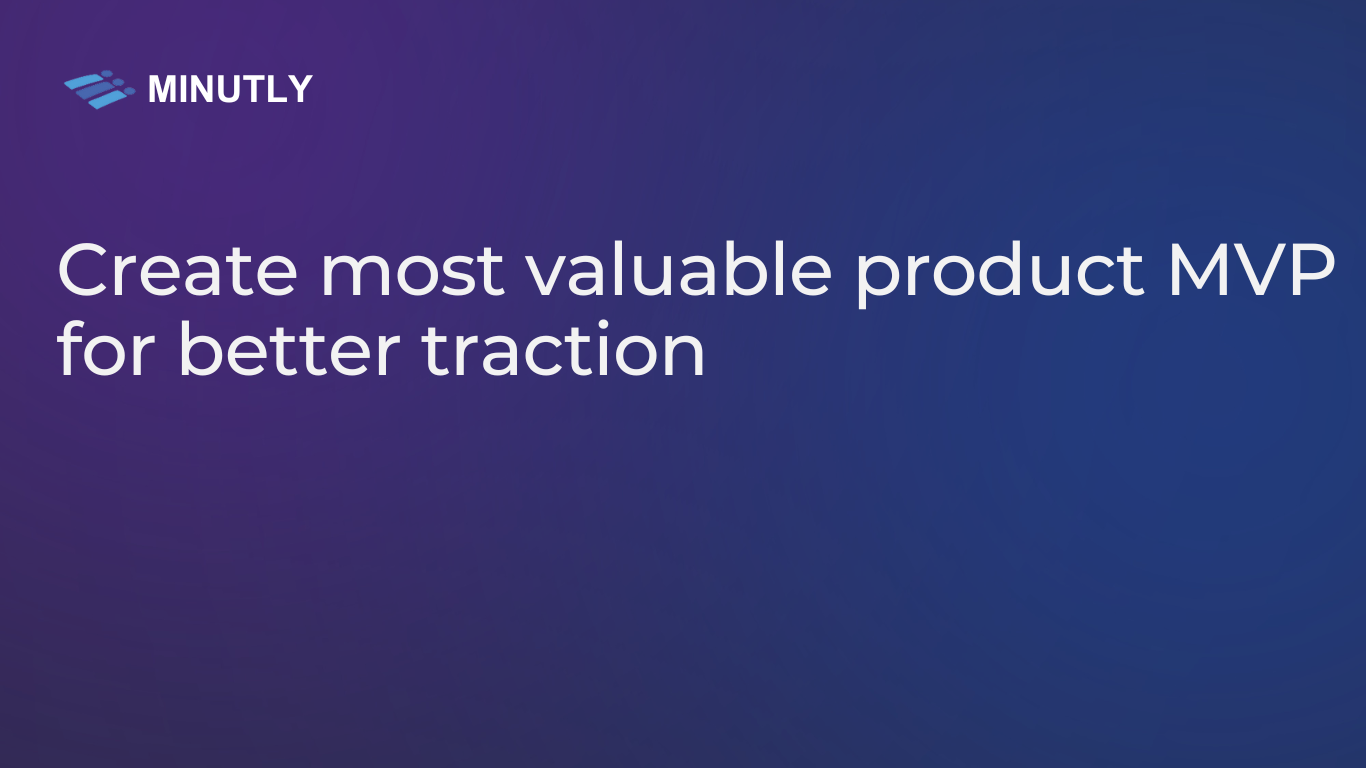
Coming out of the Launch phase should provide valuable insights, next steps and action items to achieve traction goals. This may be bug fixes, enhancements, improvements, better marketing message, different pricing strategy, etc. This is also a good time to update and adjust the roadmap and plan for the future iterations.
In summary, the startup landscape is changing with more focus on traction now. This means more attention should be given to traction during the MVP phase. It takes little effort and planning upfront, but puts you well ahead of other startups. Minutly helps startups through the entire process, ensuring the startups have a head start into a successful future.

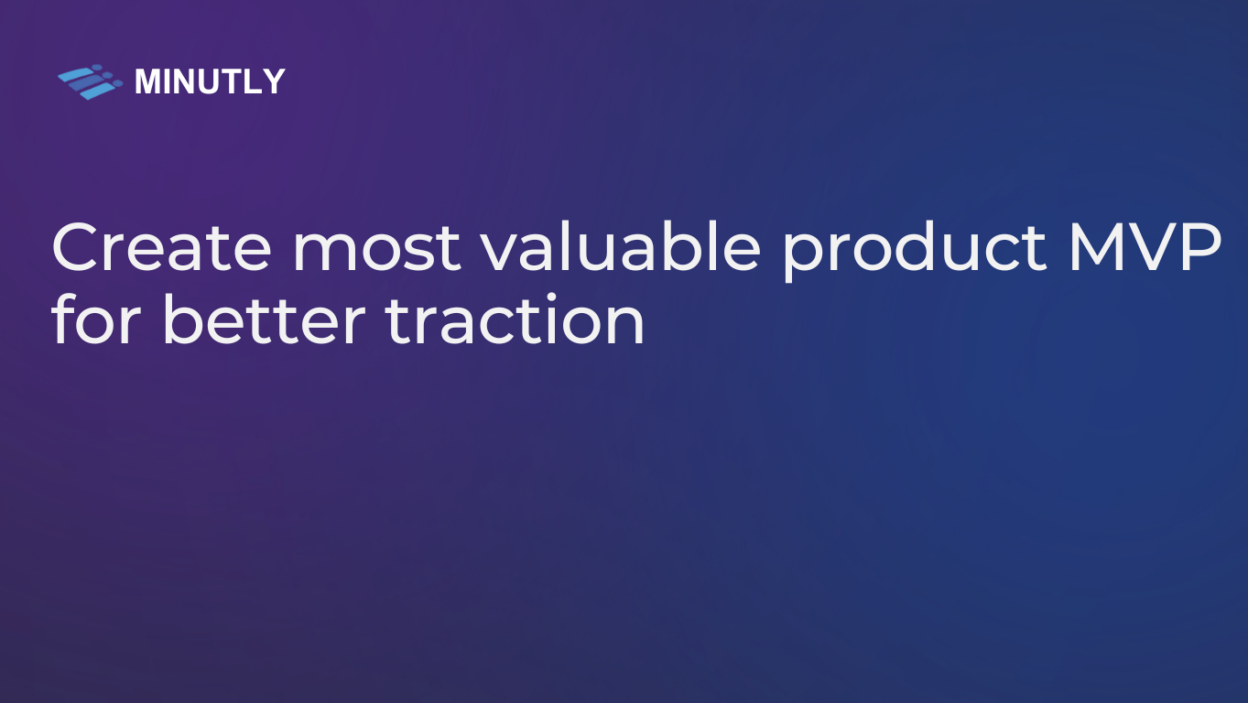

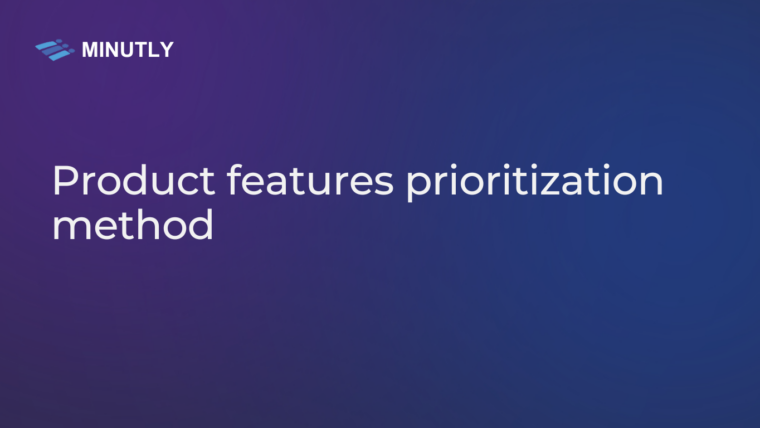
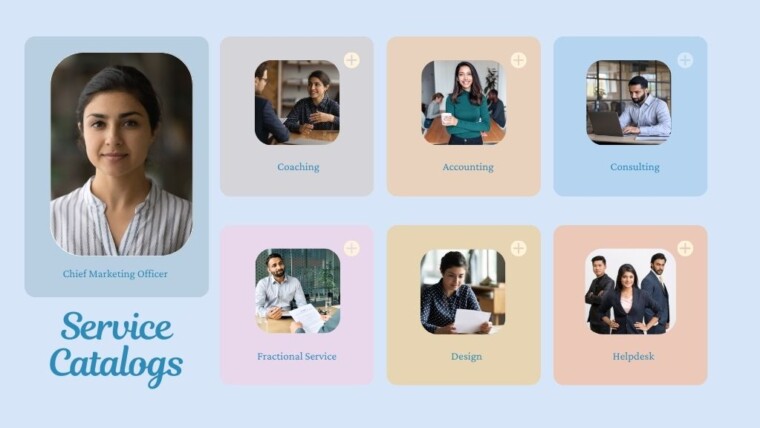
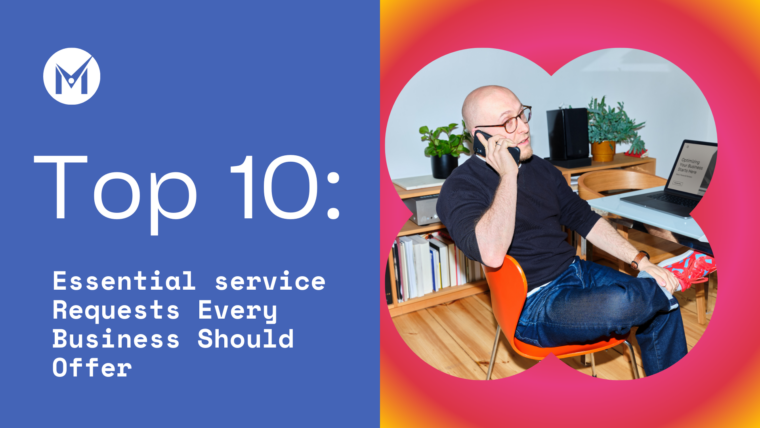
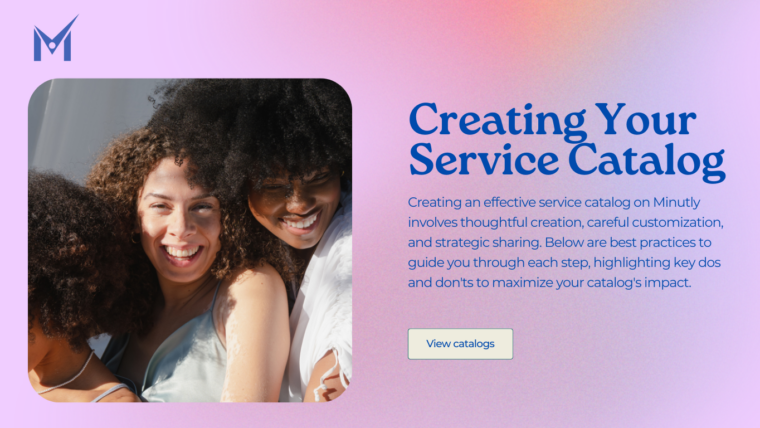
50+ Website features that makes running a business easier
Guide to Service Imagery: Make Your Service Stand Out
How to start a Generative AI Service: A Comprehensive Guide (2024)
Getting Started
What is a Service Catalog?
Top 10 Essential Sales Service Requests Every Business Should Offer
Sharing your Minutly Catalog
Setting up your catalog